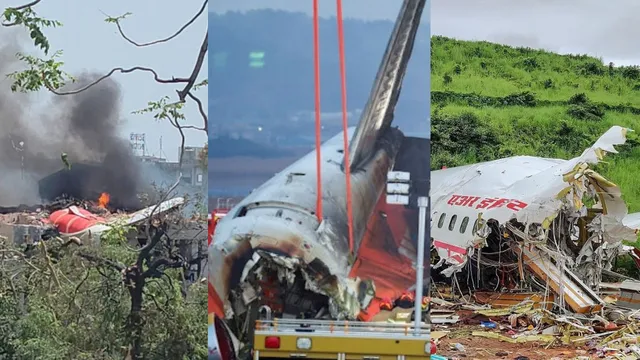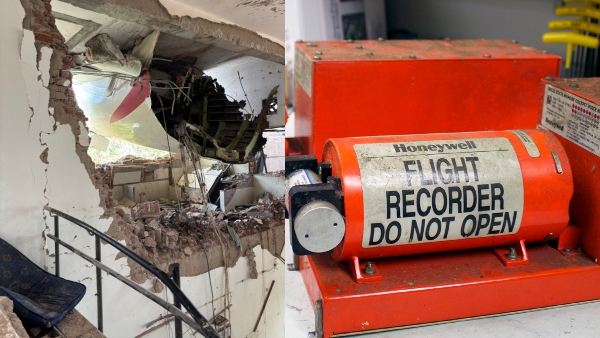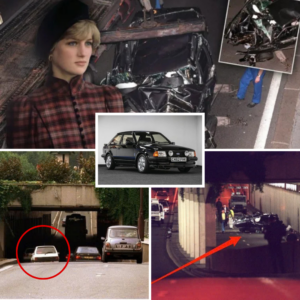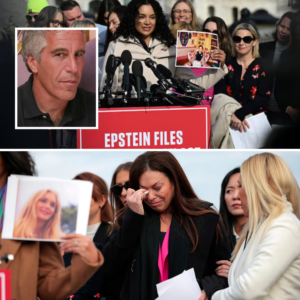On June 12, 2025, Air India Flight 171, a Boeing 787-8 Dreamliner bound for London Gatwick from Ahmedabad, India, met with a catastrophic end mere seconds after takeoff. The crash, which claimed the lives of 241 of the 242 passengers and crew aboard and at least 19 people on the ground, marked one of India’s deadliest aviation disasters in decades. The preliminary report released by India’s Aircraft Accident Investigation Bureau (AAIB) revealed chilling details from the cockpit voice recorder (CVR), particularly the final exchange between Captain Sumeet Sabharwal and First Officer Clive Kunder. This conversation, coupled with flight data, points to a perplexing sequence of events that led to the abrupt loss of engine power and the plane’s rapid descent into a residential area. This article explores the last words between the captain and first officer, the potential causes of the disaster, and the broader implications for aviation safety.
The Flight and Its Crew
Air India Flight 171 was a routine international flight, carrying 230 passengers, including 169 Indian nationals, 53 British, 7 Portuguese, and 1 Canadian, along with 12 crew members. The aircraft, a Boeing 787-8 Dreamliner, was powered by two General Electric GEnx-1B67 engines and was considered airworthy, with its Airworthiness Review Certificate valid until May 2026. The flight departed Ahmedabad’s Sardar Vallabhbhai Patel International Airport at 1:38 p.m. local time, under clear weather conditions, with a takeoff weight within allowable limits and no dangerous goods on board.

The flight was commanded by Captain Sumeet Sabharwal, a 56-year-old veteran pilot with over 15,600 flight hours, including 8,596 hours on the Boeing 787. First Officer Clive Kunder, aged 32, had 3,400 flight hours, with 1,100 on the 787. Both pilots were well-rested, had passed pre-flight breathalyzer tests, and were deemed fit to operate the flight. Kunder was the pilot flying, responsible for controlling the aircraft, while Sabharwal was the pilot monitoring, overseeing systems and communications.
The Final Moments
According to the preliminary report, Flight 171 took off from runway 23 at 8:07 a.m. UTC (1:38 p.m. IST). The aircraft climbed to a maximum altitude of 625 feet, reaching a speed of 180 knots. However, within 30 seconds of takeoff, the plane began to lose altitude. CCTV footage and flight data indicate that the aircraft’s Ram Air Turbine (RAT), a backup power system, deployed during the initial climb, signaling a major systems failure. At 8:09:05 a.m. UTC, Captain Sabharwal transmitted a distress call: “Thrust not achieved… falling… Mayday! Mayday! Mayday!” Seconds later, at 8:09:11 a.m., the aircraft crashed into a medical college hostel in Ahmedabad’s Meghani Nagar, 2 kilometers from the airport, erupting into a fireball that killed all but one person on board and several on the ground.


The cockpit voice recorder captured a critical exchange just before the Mayday call. One pilot, whose identity has not been specified in the report, asked, “Why did you cut off?” The other responded, “I didn’t.” This brief dialogue, occurring seconds after takeoff, points to a sudden and unexpected event involving the aircraft’s fuel control switches. Flight data revealed that both engine fuel control switches moved from the “run” to the “cutoff” position within a second, abruptly halting fuel supply to the engines. This caused an immediate loss of thrust, leading to the plane’s rapid descent. The switches were flipped back to “run” seconds later, initiating an automatic engine relight process. One engine was regaining thrust, and the other had relit but not yet recovered power at the time of impact.
The Mystery of the Fuel Cutoff
The sudden movement of the fuel control switches is the central enigma of the crash. In a Boeing 787, these switches, located in the cockpit, control the fuel supply to the engines. Moving them to the “cutoff” position stops fuel flow, effectively shutting down the engines. The AAIB report does not conclusively determine whether this was a mechanical failure, an electronic malfunction, or human error. However, several factors provide context for this critical event.
Human Error or Sabotage?
The CVR dialogue suggests confusion in the cockpit, with one pilot questioning the other about the cutoff, only to be met with a denial. This exchange rules out deliberate sabotage, as both pilots appeared unaware of the cause. Human error, however, remains a possibility. As noted by a veteran Boeing pilot, flipping the fuel control switches is a routine action performed at specific times, such as during engine shutdown after landing. The action can become muscle memory for experienced pilots, raising the possibility of an accidental switch flip during the high-workload phase of takeoff. However, the simultaneous cutoff of both engines, requiring two separate switches to be moved, makes this scenario less likely, especially given the pilots’ extensive experience and the use of checklists to verify configurations.
Mechanical or Electronic Failure?
Another theory centers on a potential mechanical or electronic issue with the fuel control switches. In 2018, the U.S. Federal Aviation Administration (FAA) issued a Special Airworthiness Information Bulletin (SAIB) noting that some Boeing 737 fuel control switches were installed with their locking mechanisms disengaged. The same switch design is used in the Boeing 787-8, including Air India’s VT-ANB, the aircraft involved in the crash. The SAIB was advisory, not mandatory, and Air India did not perform the recommended inspections. No defects related to the fuel control switches had been reported on VT-ANB since 2023, but the possibility of an unaddressed flaw remains under investigation.
Captain Kishore Chinta, a former AAIB investigator, suggested that the plane’s electronic control unit (ECU) could have triggered the switches electronically without pilot intervention. Such a malfunction would be a significant concern, as it could indicate a systemic issue in the Boeing 787’s design or maintenance. However, the AAIB report noted no immediate advisories were issued for the Boeing 787 or its GE GEnx-1B engines, suggesting that mechanical failure is not yet confirmed.
Other Theories
Early speculation included fuel contamination or a bird strike, both of which could cause dual engine failure. However, the AAIB report ruled out these possibilities. Fuel samples from the refueling tanks were tested and found satisfactory, and no significant bird activity was observed near the flight path. Ahmedabad airport has a history of bird strikes, with 38 incidents reported in 2022–23, but the low altitude of 625 feet and the absence of bird-related damage in the preliminary findings make this unlikely.
Another theory involves the aircraft’s configuration, particularly the flaps and slats, which are critical for generating lift during takeoff. Some experts initially suggested that the flaps might not have been extended, but wreckage analysis and video evidence confirmed that the slats were extended, indicating that the flaps were likely deployed correctly. The landing gear’s failure to retract, as observed in CCTV footage, further suggests a loss of hydraulic or electrical power, consistent with the deployment of the RAT.
Investigation and Aftermath
The AAIB, supported by experts from Boeing, GE Aerospace, the U.S. National Transportation Safety Board (NTSB), and the UK, is leading the investigation. Both black boxes—the flight data recorder (FDR) and CVR—were recovered, though initial concerns about fire damage were alleviated as data was successfully retrieved. The investigation is expected to release a preliminary report within 30 days and a final report within 12 months, per International Civil Aviation Organization (ICAO) protocols.

The crash site, a densely populated area near BJ Medical College, was sealed, and rescue operations involved multiple agencies, including the Indian Army, Border Security Force, and National Disaster Response Force. The sole survivor, Vishwash Kumar Ramesh, a British national of Indian origin, escaped through a small space near his seat and is receiving treatment. DNA testing has identified 190 of the victims, with 19 bodies released to families as of July 2025.
Air India has faced significant fallout, including a 15% reduction in international operations on wide-body aircraft until mid-July 2025, citing enhanced safety checks and Middle East airspace closures. The airline completed inspections on 26 of its 33 Boeing 787s, with the remainder ongoing. The Directorate General of Civil Aviation ordered one-time checks of takeoff parameters for all Boeing 787-7 and 787-9 aircraft. Air India also retired flight numbers AI171 and AI172, replacing them with AI159 and AI160.
Broader Implications
The crash of Flight 171, the first fatal incident involving a Boeing 787 Dreamliner, has raised questions about the aircraft’s safety and Air India’s maintenance practices. Boeing, already under scrutiny for issues with its 737 MAX series, faces renewed pressure to ensure the reliability of its 787 fleet. The lack of mandatory action following the 2018 FAA bulletin highlights gaps in global aviation safety protocols, as advisory measures may not be uniformly adopted.
For Air India, the disaster threatens its ongoing efforts to modernize its fleet and reputation. Chairman Natarajan Chandrasekaran emphasized the aircraft’s clean maintenance history, with one engine replaced in March 2025 and the other serviced in 2023. He urged staff to use the tragedy as a catalyst to improve safety, acknowledging the complexity of the aircraft’s systems and the need for thorough investigation.
Conclusion
The final words between Captain Sabharwal and First Officer Kunder—“Why did you cut off?” “I didn’t.”—encapsulate the mystery of Air India Flight 171’s tragic end. While the fuel control switches’ movement appears to be the immediate cause of the engine failure, the underlying reason—whether human error, mechanical failure, or an electronic glitch—remains unclear. As investigators piece together the wreckage, flight data, and cockpit audio, the aviation industry awaits answers that could reshape safety standards and prevent future tragedies. For the families of the 260 victims, the wait for closure continues, marked by grief and the hope that lessons learned will honor those lost.




